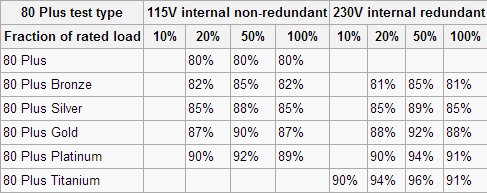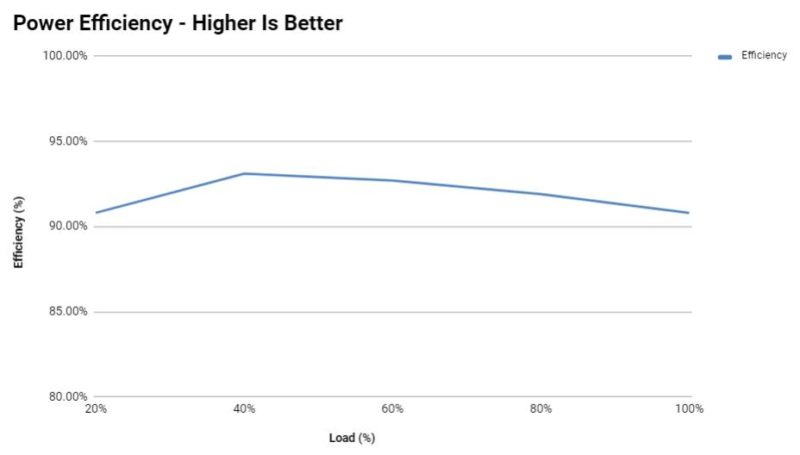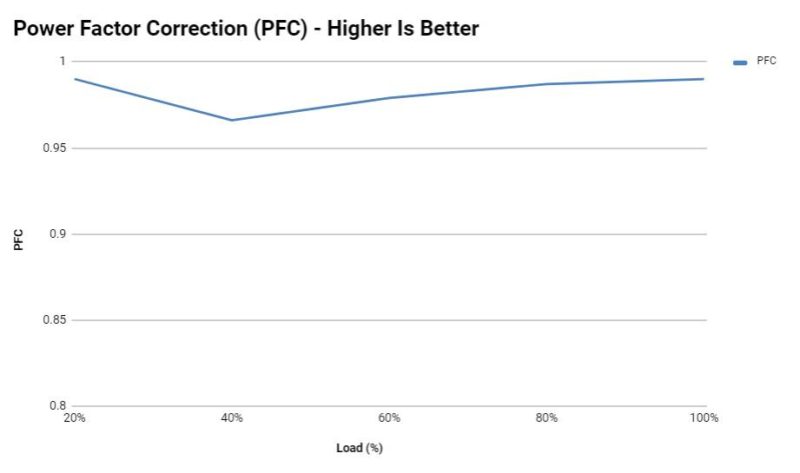Corsair HX 750 Platinum Power Supply Review
Peter Donnell / 8 years ago
Efficiency, PFC and Voltage Regulation
Voltage Regulation
To test voltage regulation we load the power supply to five different load scenarios that give an equal spread of load across every single rail. So that means 20% on all rails, 40% on all rails and so on. We then calculate the average deviance of each rail from its expected voltage.

These results are phenomenal. The bulk of the voltages are within some of the best tollerances I’ve ever seen. Not surprising then, that the last best results I saw were also from Corsair. The -12v rail doesn’t look great, but that’s still a good score and not exactly an important rail these days.
Power Efficiency
Power efficiency is measured by calculating actual supplied wattage divided by the wattage drawn at the wall/plug, multiplied by 100 to give a percentage. We then compare that to the particular 80 Plus certification the company claims to see if it meets that. You can see the 80 Plus certifications below, we always test 230v power supplies.


The PSU is right on the money here, hitting 91/94/91%, easily meeting the requirements for 80 Plus Platinum.
Power Factor Correction
Power Factor Correction is the ratio of the real power flowing to the load, to the apparent power in the circuit. The aim of PFC is to make the load circuitry that is power factor corrected appear purely resistive (apparent power equal to real power). In this case, the voltage and current are in phase and the reactive power consumption is zero. The closer the number to one the better as this allows the most efficient delivery of electrical power (Source – Wikipedia).

Another phenomenal results here. The PFC is near flawless and yet again speaks volumes about the quality components used in this PSU.



















